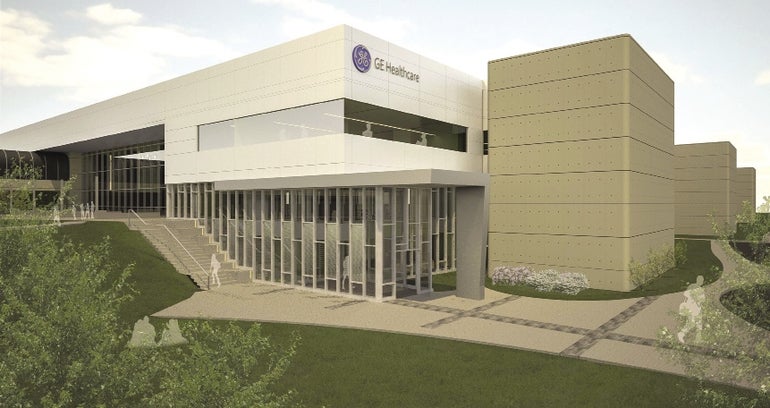For a local company, the decision to be acquired by a larger firm from out of state can be a tough but smart call. Maybe a larger organization can offer the capital to forge ahead with a big project or the administrative resources to let employees focus on their core jobs. Maybe merging into a company with a related mission can open up new opportunities.
But for employees – and for the local community – finding out a company has been purchased can be disconcerting.
“People always worry or get nervous with change,” said Tim Cummings, executive director of the Marlborough Economic Development Corp. “Change will often raise people’s anxiety, but it doesn’t need to be the case that folks should worry.”
In early February, Connecticut-based Acme United Corp. announced it had acquired Marlborough toolmaker DMT for $7 million. A week later, Astella Pharma Inc. of Japan completed the acquisition of another Marlborough company, Ocata Therapeutics, buying all outstanding shares of the company for about $379 million. In far bigger news elsewhere in MetroWest, Hopkinton-based EMC Corp. is in the process of being acquired by Texas computer giant Dell Inc. for $67 billion – the largest tech merger ever.
Dynamic signs
These sorts of deals can sometimes lead to job losses, but they also reflect a dynamic regional economy, Cummings said. Lots of startups are constantly growing, and many hope to eventually be acquired. At the same time, large corporate offices – like the GE Healthcare Life Sciences division that relocated to Marlborough last year and the Dow Chemical campus in town – are often the ones acquiring smaller companies, either from the local area or from elsewhere.
On a global scale, 2015 was a record year for mergers and acquisitions with deals worth a total of $4.3 trillion. A lot of that was driven by activity in the U.S., where low interest rates and shareholder demand for investment opportunities have pushed big companies to seek out new opportunities.
Susanne Morreale-Leeber, president and CEO of the Marlborough Regional Chamber of Commerce, said it can be tricky for community business leaders like her to maintain close relationships with companies when they get acquired. That’s partly because the deals often come with personnel changes and partly because more decisions are made in far-away offices.
Morreale-Leeber saw the difficulties of dealing with remote owners in 2011, when Fidelity Investments announced plans to close its 1,100-employee Marlborough campus. She talked with the local managers about keeping some jobs in the city, but it was out of their hands.
“The decision had been made,” she said. “I learned firsthand that there really is not a whole lot that a community can do.”
Selling the region
On a broader scale, promoting good schools and quality-of-life amenities is a way to encourage business investment, Morreale-Leeber said. Even if one company leaves, a vibrant area with talented workers and companies of all size is attractive to others. For Marlborough, one proof of that came in 2014, when Boston Scientific moved its headquarters to the city from Natick, consolidating its operations.
Paul Joseph, president and CEO of the MetroWest Chamber of Commerce, said the diversity of employers and the opportunities available to entrepreneurs in the region helps cushion workers whose lives are shaken up by acquisitions. He experienced that himself when a former employer was acquired. While he was offered a job with the newly combined firm, he decided he didn’t want to deal with the longer commute that would have entailed. Instead, he took the opportunity to start his own business in Natick, where he lives.
“One of the things I love about our area is the diversity of the employers but also the chance for people to reinvent themselves,” Joseph said. “Change can also be a big positive.”
Innovation life cycle
Local resources – like Hopkinton business incubator TechSandBox and a microloan program from Framingham-based South Middlesex Opportunity Council – help motivated people create and grow startups, Joseph said.
If those startups end up getting big and then getting acquired, that’s just how businesses work, Joseph said.
“You look at the life cycle of a business,” he said. “Over time they need more resources to be able to generate profits.”
Joseph doesn’t worry too much that companies with corporate headquarters elsewhere will neglect the local community. While local companies may be a bit more attuned to the place where they do business, he said, any firm that gets large enough has to reprioritize, no matter where it’s based.
“When you’re a huge company, you’re not looking at an individual location,” he said. “You have to be pragmatic. Your job is to look at the system as a whole.”
Ultimately, the main signal Joseph sees when there are lots of acquisitions of local companies is the region is doing a good job developing technologies and products.
“You’ve got some blue-chip companies looking at some blue-chip resources in this area,” he said.

